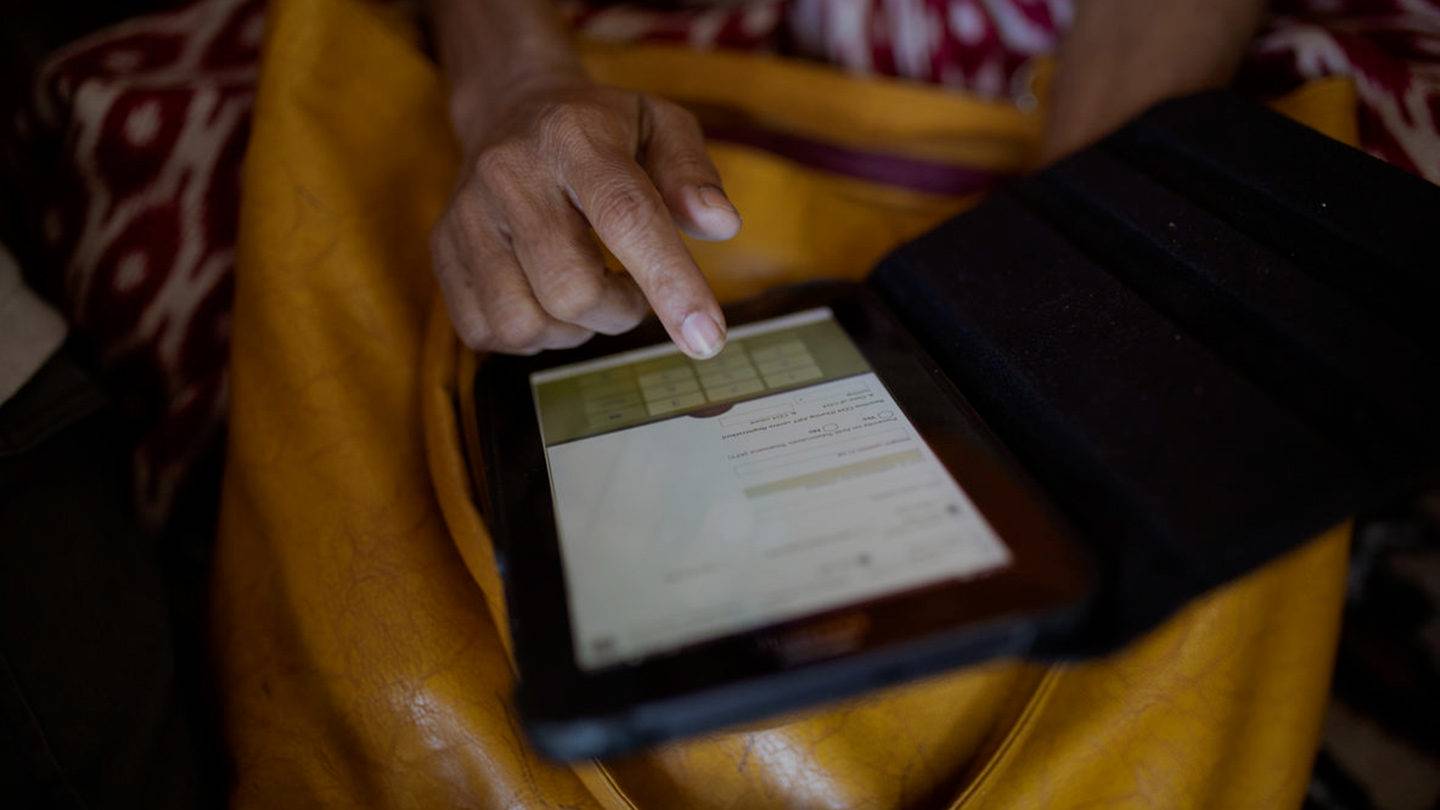
Our approach
As independent mechanisms for collecting and analyzing quantitative and qualitative data, the goal behind the community-led monitoring is to accurately identify the barriers to accessing prevention, testing, treatment and healthcare services, in order to improve their quality. In each of the four countries of the phase 2 project, the observatories abide by a rigorous research protocol and ethical commitments that have been collectively developed by the program partners and approved by public authorities.
Our research protocol
The establishment of the observatories and the methodology that has been developed for them is underpinned by exhaustive and reliable scientific literature. Having a ad hoc research protocol helps to secure the involvement and support of the authorities, data site managers and respondents.
Objectives and hypotheses
The FORSS program started with the idea that establishing a system for community-led monitoring mechanisms to document access to health services and thus provide NGOs with arguments for advocating, will contribute to improving the quality and accessibility of existing services.
This mechanism, to be deployed by community-based stakeholders, offers additional insights to those stemming from the national healthcare information system, by relying on different indicators. A snapshot of access to care and services in the four project countries is available and can be broken down by city and by socio-demographic profile. The barriers (financial, geographic, social, legal) are documented as are good practices, and serve as a foundation for the solutions to be developed collaboratively.
Methodology
The community-led monitoring mechanisms apply a mixed research methodology, combining quantitative and qualitative data. This approach means that a complete picture of the services for people living with HIV and key populations can be painted, covering the entire care pathway.
Quantitative data will enable gaps to be filled or difficulties in the area of accessibility (financial, geographic) and availability (of information, services or products) to be remedied. The data are collected by means of questionnaire administered by data collectors that are from the communities in question and/or work closely with them. This method means that a significant volume of information can be gathered and categorised in order to build a representative snapshot of the situation.
Another purpose of the community-led monitoring mechanisms is to document users’ experiences and perceptions as to the adequacy of the services in meeting their needs and expectations, their degree of acceptability and satisfaction as well as cases of discrimination, stigmatisation and violence. Such qualitative data are collected via “open” questions. Focus groups are also organised to delve deeper into certain issues that may have been brought to light thanks to the questionnaires.
This second phase of the FORSS program now includes hospital/state and community healthcare staff as a target for qualitative data collection. This allows for a comprehensive, mirrored view of both patients’ and healthcare providers’ experiences. For example, in the case of ARV stockouts, healthcare personnel can provide valuable insights into the dysfunctions that lead to these shortages, thereby complementing the perspectives of the service beneficiaries.
Data collection sites and target populations
Community testing sites are selected in each country, between two and three testing sites have been selected for each of the five countries in the project according to specific criteria: type of centre, volume of tests performed each month, conditions of access to the site and use of the site by vulnerable populations. In these sites, any person aged over 18 years getting tested or coming to collect the results of their HIV test may be offered a chance to participate in the observatory.
Similarly, one treatment/care site per city in each of the four countries is chosen, notably according to the number of patients under ART treatment that attend the site. The individuals questioned in these sites must be over 18 years of age and have been follow-up for at least 3 months.
Data gathering and analysis
In each country, collection of data will mobilise a series of different groups: respondents, data collection teams, data site managers, project teams and decision-makers.
The data collectors, belonging to the target communities (PLHIV, PWID, MSM, SW, FSW, transgender people, migrants, and refugees). or working directly with them, are tasked with administering the questionnaires at the dedicated sites. They may be guided by data collection supervisors to ensure that the protocols are adhered to, e.g. submission timeframes, completion rate, clarity and coherence of completed questionnaires. The project team in each partner association is in charge of training these teams on the ground and ensures that the timeline and methodology are respected.
Analysis of the data collected by the observatories is then performed at two levels, at a country level by the project team from each partner association and at a regional MENA level by the coordination team in order to draw out broader patterns. Following this analysis, the data are to be included in publications and serve as the foundation for advocacy actions that may be held later on at local, national and regional levels.
Our commitments
Beyond the strict methodology of the research protocol, the ethical dimension is also essential in order to ensure that respondents are protected and to encourage the involvement of national and international institutions and for them to appropriate the results from the observatories. This dual guarantee – ethical and scientific – should also make it possible for the outcomes to be presented at national and international conferences on HIV/AIDS. The core values at the heart of the observatories are:
ANONYMITY
of respondents
QUALITY
of the data collected
ACCOUNTABILITY
to stakeholders